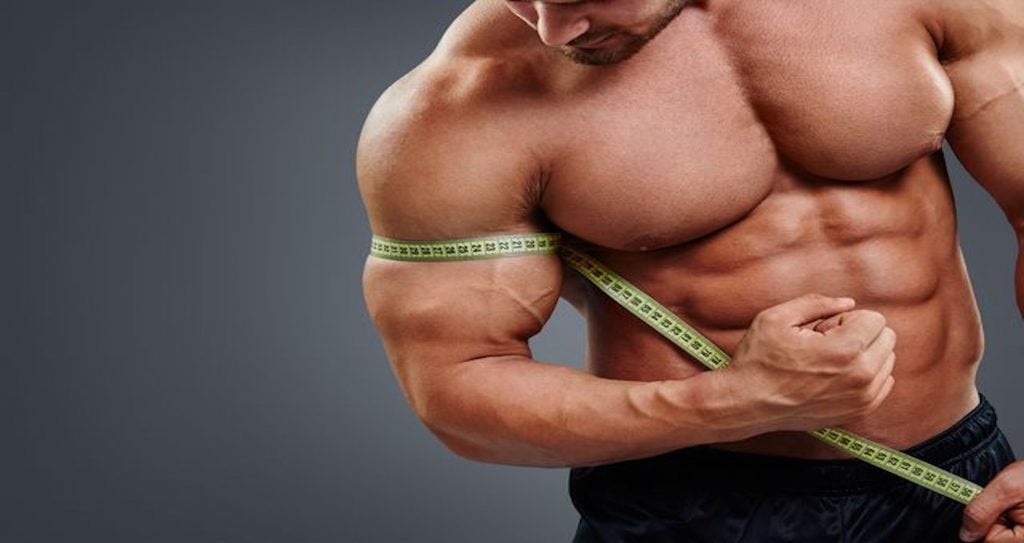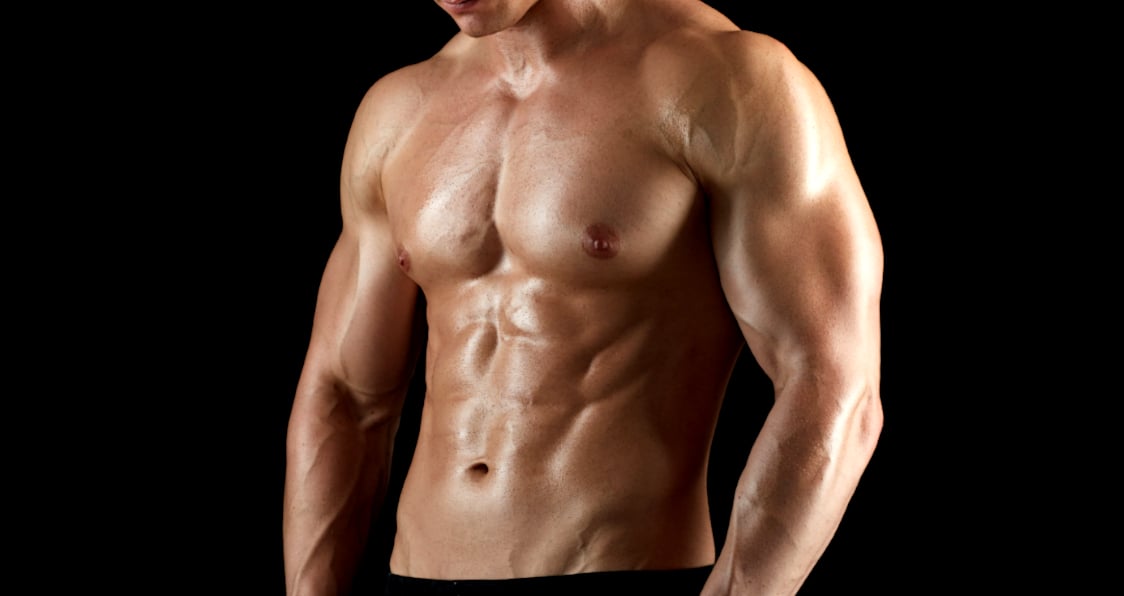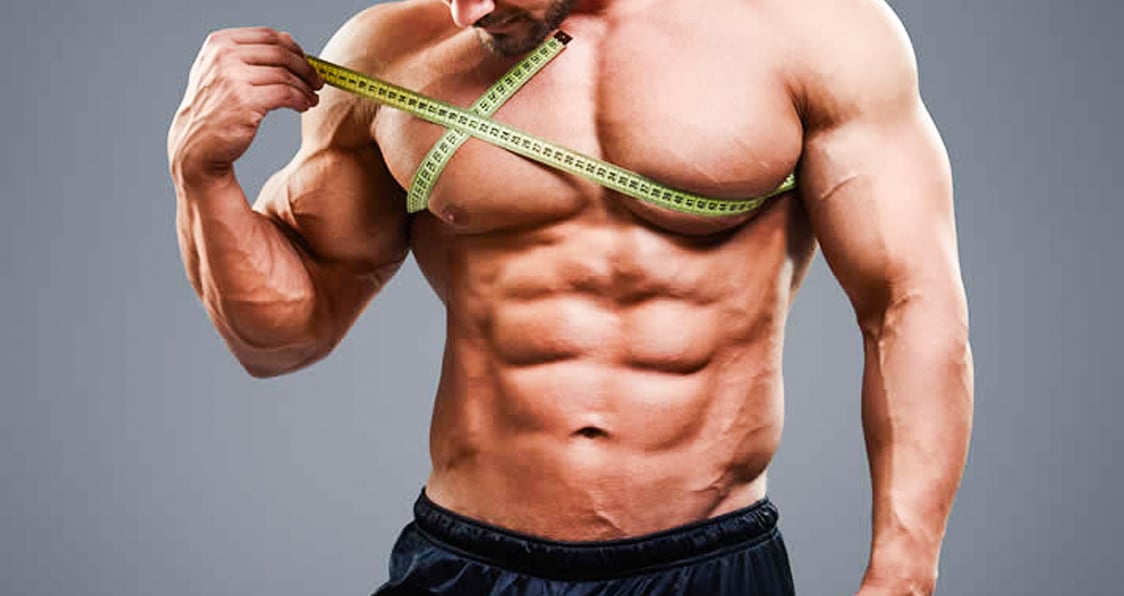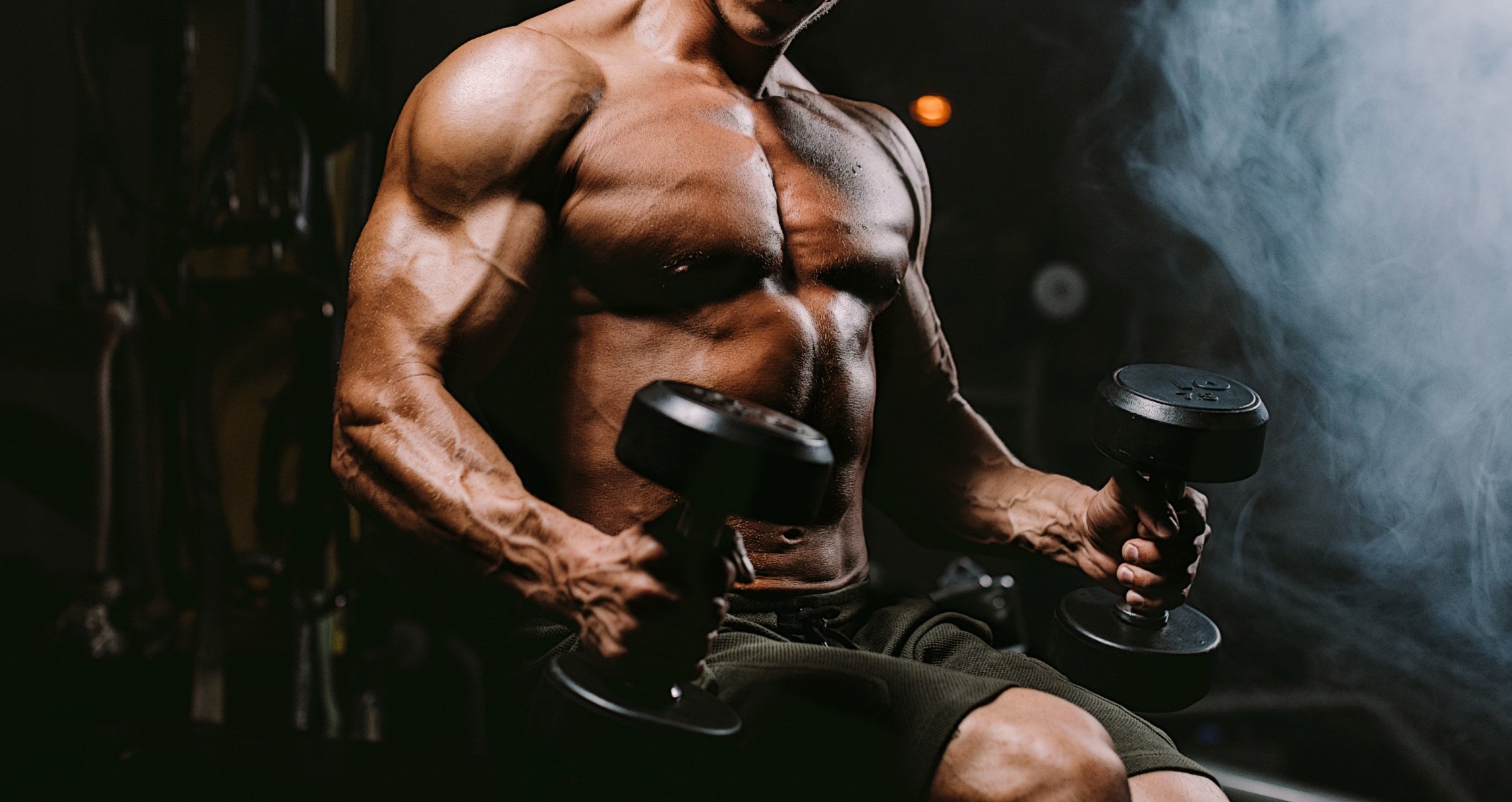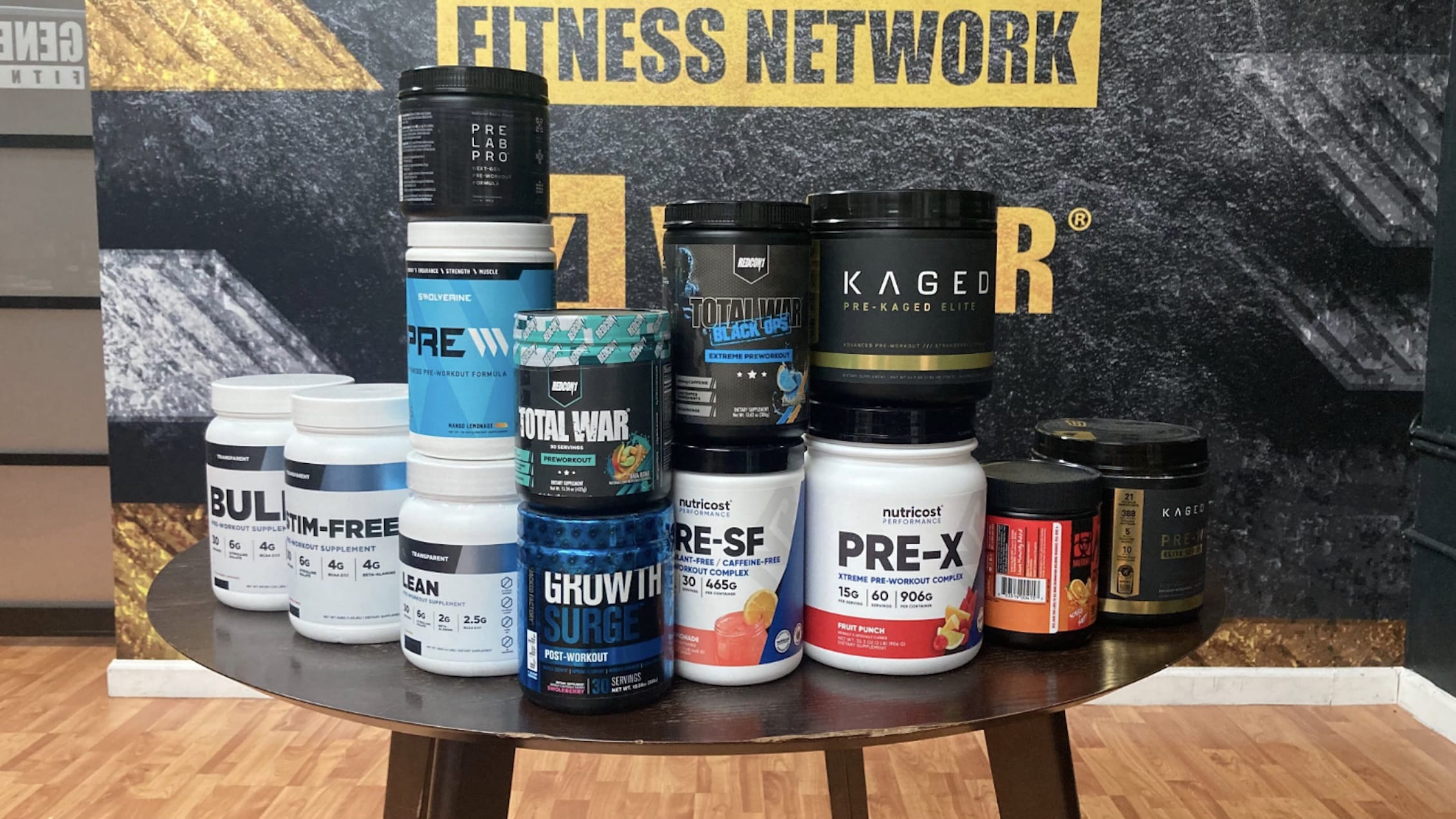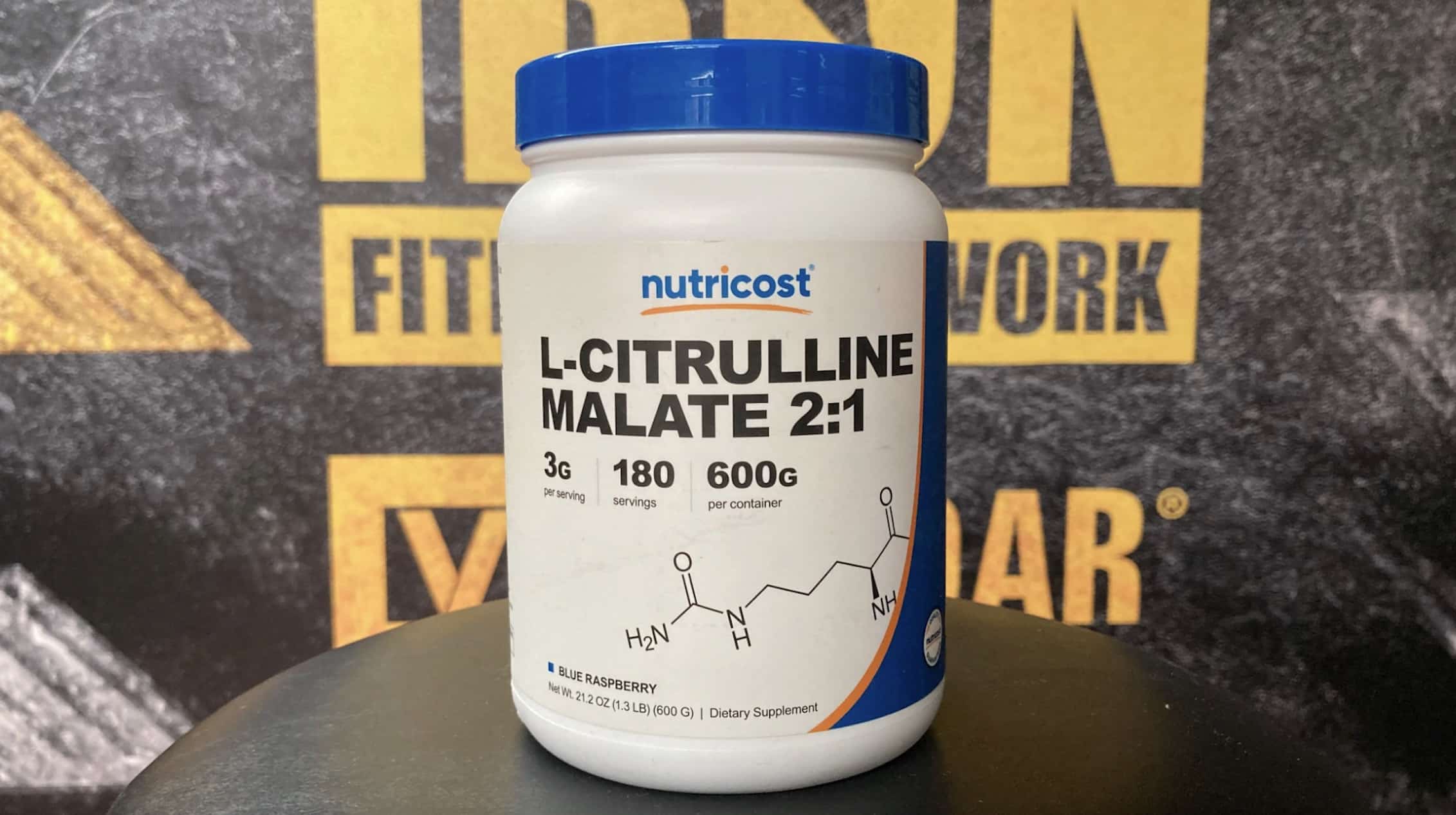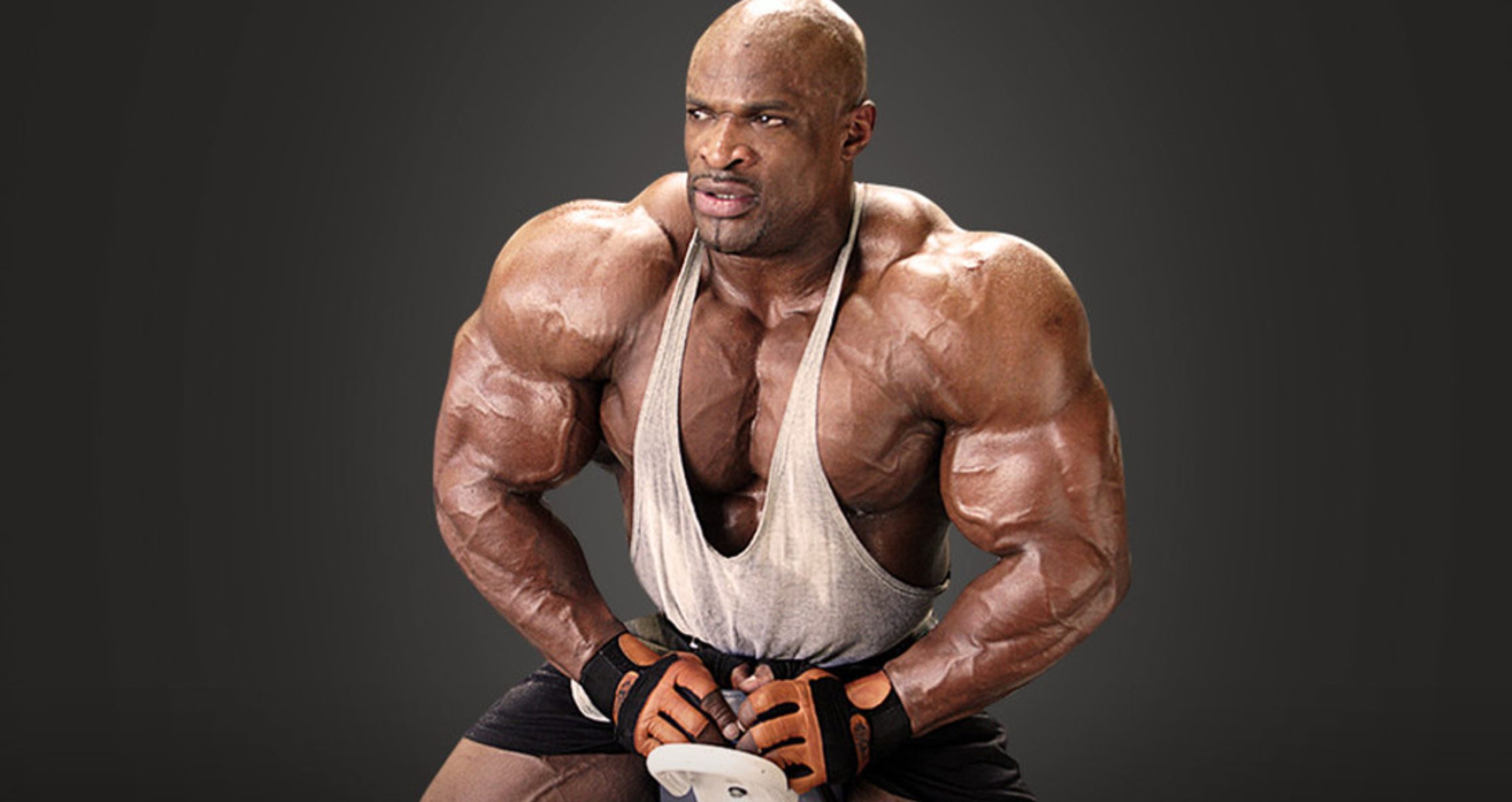Unlike traditional bulking methods, maingaining only requires a slight caloric surplus.
Building muscle often involves lifting heavy, consuming plenty of calories, and prioritizing protein intake. To achieve this, many bodybuilders follow a traditional bulking process — eating more calories than you burn. While bulking is undoubtedly effective, it often leads to significant fat gain alongside muscle growth. For many, the cycle of gaining weight and then cutting while trying to preserve muscle can be both physically and mentally taxing, making it less appealing for those who aren’t seasoned professionals.
This is where “maingaining” comes in — a rising approach to building muscle without the excessive fat gain associated with bulking. But what exactly is maingaining, and how can you incorporate it into your fitness routine? This article breaks down everything you need to know about maingaining and how to adopt this method to support your muscle-building goals.
Overview — What Is Maingaining?
Maingaining, which some also call “gaintaining,” is a method bodybuilders and fitness enthusiasts use to pack up a ton of muscle without gaining fat. It still involves eating excess calories and progressive overload training, just differently. Many experts consider it an alternative, effective way of building muscle compared to the traditional bulking and cutting method.
Maingaining requires that you have a calorie surplus, but only slightly. This slight surplus daily helps support maximum optimum growth. What is this calorie surplus? Unlike bulking, which is having at least a 20% calorie surplus, maingaining requires you to eat in just a 5% calorie surplus daily, with your meals majorly composed of protein to build muscle without gaining the fat that comes with it (1).
How Effective Is Maingaining?
The lifting and bodybuilding community still prefers the traditional bulking and cutting phases for building muscle. However, a study shows that maingaining is an effective but healthier way to make gains without unnecessary fat accumulation.
In a 2023 study, they gathered a group of trained lifters and divided them into three groups. These lifters performed resistance training three days a week for eight weeks. These three groups were:
- Group 1 — Normal Calorie: Those who ate enough to maintain regular weight.
- Group 2 — Moderate Calorie: those that increased their daily calorie intake by 5%.
- Group 3 — High Calorie: Those that increased their daily calorie intake by 15%.
To the researchers’ surprise, they discovered that even when the high-calorie participants gained overall body mass, there was no difference in muscle thickness and strength gains between the moderate-calorie participants with a 5% daily calorie intake. Eric Helms, Ph.D., C.S.C.S., a senior research fellow at the Auckland University of Technology in New Zealand and a competitive bodybuilder, conducted this study (2).
Why Should You Pick Maingaining Over Bulking?
For athletes who have built and gained muscle mass over the years, maingaining is a healthier approach compared to bulking. People new to lifting may also find it easier to gain muscle without increasing their food intake using this method. However, if you have previously built mass and lost it, you’ll have to eat a lot more to get the required energy to gain that muscle back. Below are some reasons an athlete could pick maingaining over bulking:
- To maintain an all-yearly lean muscle mass rather than experience body composition fluctuation.
- To avoid the stress and inconvenience of eating large amounts of food daily and then depriving yourself of food during the cutting phase.
- It’s a more effective and healthier way of slowly building a decent amount of muscle mass.
Can Everyone Maingain?
The concept of maingaining is building muscle mass slowly without accumulating the fat that comes with it. As effective and healthy as this method is for muscle building, fitness, and strength, not everyone can adopt it.
If you’re overweight and just starting your strength training journey, it’s better to focus on eating healthy and being in a calorie deficit — eating less than it would take to maintain your current weight. When you reach your healthy weight goal, with your body fat percentage under 20% (for men), you can try maingaining.
However, maingaining is effective for those looking to rebuild muscle. You can easily rebuild these muscles by being at a slight calorie surplus. Those new to training and have a healthy weight and body fat percentage can maingain, too. They’ll also experience rapid and initial muscle size and mass development when they begin resistance training.
Additionally, people looking to maintain their current mass without building extra can use this approach. Since they’re not trying to gain muscle, they won’t need to increase their calorie intake through bulking. The excess energy from maingaining can help them keep their current mass intact while training.
Final Thoughts
Traditional cutting and bulking methods are common among lifters and fitness enthusiasts looking to build muscle mass. However, these approaches often lead to significant fat gain alongside muscle growth. For those seeking a leaner and healthier alternative, maingaining offers an effective solution to build muscle without the added fat.
In this article, we’ll explore everything you need to know about maingaining, its role in bodybuilding, and whether it’s the right approach for you. Are you ready to embrace this proven and efficient muscle-building strategy?
Follow Generation Iron on Instagram, Facebook, and Twitter for more nutrition tips!
References
- Garthe, I., Raastad, T., Refsnes, P. E., & Sundgot-Borgen, J. (2013). Effect of nutritional intervention on body composition and performance in elite athletes. European journal of sport science, 13(3), 295–303. https://doi.org/10.1080/17461391.2011.643923
- Helms, E. R., Spence, A. J., Sousa, C., Kreiger, J., Taylor, S., Oranchuk, D. J., Dieter, B. P., & Watkins, C. M. (2023). Effect of Small and Large Energy Surpluses on Strength, Muscle, and Skinfold Thickness in Resistance-Trained Individuals: A Parallel Groups Design. Sports medicine – open, 9(1), 102. https://doi.org/10.1186/s40798-023-00651-y
